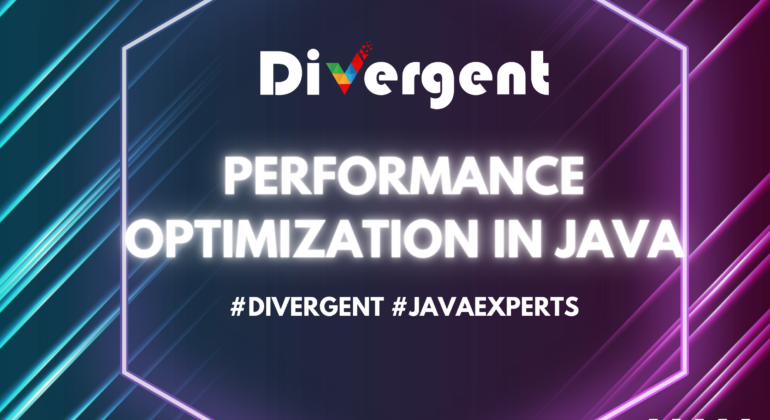Streamlining Java Application Development with CI/CD: A Comprehensive Guide
Introduction In today’s fast-paced software development landscape, delivering high-quality applications rapidly and efficiently is crucial. Continuous Integration and Continuous Deployment (CI/CD) practices have emerged as a game-changer for streamlining the development, testing, and deployment of software applications. In this blog, we will explore how CI/CD …
Containerization in Java: Unlocking Efficiency and Scalability
Introduction In the world of software development, containerization has emerged as a game-changer, revolutionizing the way applications are built, deployed, and scaled. With its ability to package applications and their dependencies into self-contained units, containerization has brought about significant advancements in portability, efficiency, and scalability. …
Exploring the Power of Cloud-Native Development in Java
Introduction In today’s rapidly evolving digital landscape, organizations are embracing cloud-native development practices to build scalable, resilient, and efficient applications. Cloud-native development enables developers to harness the full potential of cloud computing platforms and leverage the benefits of scalability, fault tolerance, and elasticity. In this …
Internal Workings of ConcurrentHashMap
Introduction Concurrency is a critical aspect of modern software development, especially when multiple threads are accessing and modifying shared data simultaneously. To address the challenges of concurrent programming, Java provides a powerful concurrent collection called ConcurrentHashMap. In this blog post, we will dive deep into …
Understanding ConcurrentHashMap in Java
ConcurrentHashMap is an implementation of a hash map in Java that supports concurrent operations. Unlike HashMap, ConcurrentHashMap is designed to be thread-safe, allowing modifications while being iterated upon. This makes it a suitable choice for applications with multiple threads that need to access a shared …
BlockingQueue in Java: Coordinating Threads and Ensuring Consistency
Introduction BlockingQueue is a specialized queue in Java that provides blocking operations. This blog explores the purpose and functionality of BlockingQueue, its key methods, and provides examples to illustrate its usage in coordinating multiple threads. What is a BlockingQueue? A BlockingQueue is a type of …
Understanding Concurrent Collections
Introduction Concurrent collections are a specialized set of data structures designed to handle concurrent access by multiple threads without causing conflicts. Unlike traditional collections, which are not thread-safe, concurrent collections allow for efficient and safe concurrent operations. Advantages of Concurrent Collections There are several reasons …
New Features in Spring Boot 3.1: Streamlining Development and Management
Support for managing external services at development time using Testcontainers and Docker Compose Testcontainers and Docker Compose are two popular tools for managing external services in development environments. With Spring Boot 3.1, you can use these tools to manage external services at development time, without …
Java Caching: Enhancing Performance and Availability
Caching in Java refers to the practice of storing data in a temporary location to expedite access. This temporary storage can take the form of memory, disk, or a distributed cache. Utilizing caching in Java applications can lead to improved performance by minimizing the need …
Performance Optimisation in Java Applications
Introduction Java is renowned for its portability and scalability, but without proper optimization, Java applications can suffer from performance issues. In this blog, we will delve into various techniques and tips to enhance the performance of Java applications, making them more responsive and efficient.Break down …










